There’s only a hint of colour at the base of the horizon and I’m watching the glittering jewel of Brisbane glide away beneath me with bleary eyes. It’s 5:30am and I’m certainly not feeling well-rested.. But thanks to the generosity of Shell, I’m on my way towards Melbourne for the Australian Grand Prix.
But this story starts at another time and place, so lets rewind.
I was on my computer Tuesday morning editing one of our feature stories when Sharpy chimed in on facebook.
“You should check the Downshift email account”
“Yep, will get on it shortly”, I replied.
“Trust me, you should do it now..”
“Oook..?” I must have looked puzzled and suspicious at the same time.
Opening my email, I saw an official-looking message. A quick google of the domain name brought up one of the largest PR firms in the world. Promising! Reading the rest of the message proved to be more exciting than anticipated. Because of our reach to you guys, Shell had invited us to come down and do a story on their partnership with Ferrari and check out the practice day of the Australian Grand Prix! Needless to say after letting myself marinate in smug self-satisfaction for about an hour, I got straight on the phone and graciously accepted.
Touching down in Melbourne to a cloudy morning at 8am wasn’t altogether unpleasant. Temperatures were still reasonable and when the sky cleared, the sunshine was comforting. A short ride on the bus then tram brought me to my meeting with Gisella from Shell at the front gate, and I introduced myself to a few of the guys in my tour group. We had representatives from OzRacingWrap, CNet Australia and Gwyn from Gripshiftslide. After the formalities we were ushered through about 3 gates (with increasing levels of security anal-ness), eventually ending up in the F1 paddock with all the constructors’ tents. The number of paparazzi wielding L-series glass was mind-boggling. One of our group was telling me that Canon sponsors F1 events and lets official photographers borrow from a stockpile of pro gear as part of their marketing. As a professional photographer, SO MUCH WANT!!
At this point I was overwhelmed by the VIPs and paparazzi all around, so I didn’t notice that the back of the paddock is attached to a larger building.. We walked into one of the doors, and suddenly I found myself in the back of the Ferrari garage, hit by the smell of warm rubber, the metallic scream of engines being started, looking down a row of tyres in their little warming jackets lining the walls on immaculate floors. Immediately on the left after walking in, we hit a little white box with a door on it. As it turns out, deep within the bowels of the Ferrari garage, Shell has their track lab. In this caravan-like box, they test the fuel to ensure it matches the highly regulated sample from the FIA (Federation Internationale de l’Automobile, the organising body for Formula 1). Even a small irregularity can ultimately result in the disqualification of a team from that race. They also take samples of oils before and after each race, and test it especially to look for metals in the fluid. Traces of different alloys in the oil point towards wear on different parts of the motor, which they can pinpoint before it ever becomes an issue. So it’s entirely unnecessary for mad scientists to be ripping apart the block because the piston rings are fried.
A few photos later, we walked towards the front end of the garage, through the waves of heat peeling off the tyres ready to be used, and when we stepped out into the sunshine, the breath caught in my throat. Looking down the length of pit lane, we were literally standing in the spot where Alonso pulls up in the Fezza for the famed 2.x-second pit stops (2.4s in the 2012 Chinese GP). Cables and piping hung everywhere and I have to confess that I ran into hanging stuff a couple of times.
What seemed like just a few seconds later, we were ushered back out of the pit lane into the corporate area, lined with classic and exotic automobilia. A historic racing Skyline caught my eye, sitting right near an alloy DeLorean, and a few steps over from 3 different Astons.
Heading into the Shell corporate box was an experience all in itself. The welcome was warm, the coffee excellent and the catering delicious. We all sat down and started tapping out facebook updates and posting pics.. Dick Johnson Racing were interviewed for our benefit later in the day in between the practice sessions, as was Ferrari test driver Marc Gené.
But THAT noise kept me going out on our balcony. Sitting right outside Turn 1 and 2, the cars would come belting down the straight at terminal velocity before dropping the anchors. Through 4 downshifts and about 30 metres of braking the cars shed a huge amount of speed to take the 90 degree first bend before punching out of the corner, wailing like a banshee and 3-4 gunshot-like upshifts through the sweeping second corner. Literally in 5-6 seconds, the cars went from 300kph down to 70-ish, then back up to 250. Insanity.
In between the rounds of practice, we got a chance to do a one-on-one interview with Guy Lovett, the Shell Technology Manager for the 2 Ferrari teams. This is the man that looks after both the lubrication and fuel for the team. Here are his answers:
DS: How similar are the race fuels/lubricants to off-the-shelf V-Power and Helix?
GL: With fuel, strict FIA regulations force them to be very similar. The rules are designed to ensure relevance to road technologies. But there is some scope to tailor fuels for the team. Having said that, we’ve run an F1 car on road fuel. Alonso drove it with fuel from nearest Shell at the Fiorano track, and BBC did a documentary on it. There was less than 1 second difference between them over a roughly 60-second lap. Racing fuel was better for acceleration though. In terms of oil, there are no regulations, so it’s very different to road stuff. We’re able to tailor everything very specifically to the Ferrari engines.
DS: Does the race fuel have an octane number?
GL: Yes, but I can’t tell you what it is. There’s a minimum though.
DS: How much of the research makes it back to road fuels? What about lubricants? How often are improvements made to road fuels?
GL: A considerable amount. The same scientists that develop fuels for Ferrari sit in the product development teams for commercial fuels. And additives in V-Power for the road are much the same as the race fuel.
DS: What’s the worst mistake you’ve seen or know of in terms of fuels? Have you blown an engine during a race due to fuel/lubricants?
GL: If we’re not breaking engines, we’re not pushing hard enough. We’ve broken many on the test bed, more than I care to remember. And engine lifetime is designed to be about 3 races, which includes qualifying etc. So about 2 to 2.5 hours. But I think there’s scope for improvement in reliability and longevity.
DS: What are the most important things you test/measure for in the oil samples? Which engine parts or metals are you looking for specifically?
GL: There’s a list of key metals, but it’s confidential. Combinations of metals in the liquids point in the direction of a component. We can pick up failures before physical faults occur. It’s really very useful info for the Ferrari team. No-one else has a dedicated fuels/oils team on site for every race, because space is very tight. But it shows us how seriously Ferrari take this partnership.
DS: What do you do with the fuel that doesnt quite measure up to spec? Can we have some to give away to our members?
GL: [Smiles] As you can imagine, it’s pretty closely guarded. So we ship it back to base, and it’s recycled into existing refinery streams.
DS: How much fuel do you guys ship to each race? How?
GL: We ship in about 2000L of fuel for each race. But development and adjustments are ongoing, so the fuel the drivers start the race with is not the same fuel that they end the race with. The logistics can be incredibly complex due to lead times. We generally use seafreight due to the weight, but sometimes airfreight is necessary. The cars have a capacity of about 150L. This will be reducing to about 100L for 2014.
DS: What power are the cars making on a good day?
GL: Upwards of 800hp. This may not seem like a huge amount, but consider that the minimum weight is 642kgs. The power-to-weight ratio is the key metric.
DS: Tell us about working to deadlines. Stressful? Ever forget anything crucial?
GL: Used to be, but routine now. For example, the fuel has to leave the port in the UK on a given date. That’s not negotiable. Deadlines are absolute.
DS: And development on the new V6 turbo motor?
GL: We have lots of experience in formulating new fluids. It’s a given that they will have a different appetite for fuels compared to the V8s. So as soon as new rules are announced, we start development straight away and begin mapping fuel and oil requirements. And the changes to motors make F1 racing more relevant to road cars.
DS: So how did you get into this? Is your background in chemistry?
GL: My background is automotive engineering. I’ve been working with Shell since 2004, and I started in engine testing for commercial applications. Currently I’m working for both Ferrari and Ducati in similar roles.
DS: Was there a defining moment when you sat down and realised: “Holy shit, I’m working in one of the best jobs in the world?” How old are you?
GL: Not one, but several moments actually. I only started the job recently, so the first one was the phone call from the boss, saying I got the job. Next was my first trip to Maranello, where they design and build the Ferrari F1 cars. The next one was receiving this Ferrari uniform [points at self]. The next one was my first race. My most recent one was looking at my own Ferrari headset, with my name printed on it. And I’m 32 years old. But it can be difficult to manage a young family (daughter is 2.5, son is 1 year old) with continuous travel. And of course, I’m never off the clock.
DS: Physical exercise? Do you even lift?
GL: I’m competitive by nature anyway, so I used to race pushbikes. Team members often run the tracks to keep fit, and also to be able to get to know them better. The drivers cycle it too with the engineers to work our braking distances, surface conditions, etc.
***
I chilled out in the booth for most of the day watching the second practice session and chatting with the guys from Shell, before heading back home the next day.. Good times!
As it’s turned out in the meantime, Ferrari drivers Alonso and Massa placed second and fourth in the Australian Grand Prix. In this rarified air, every fraction of every second counts. And you can bet your bottom dollar that the work that Shell does with Ferrari ends up giving them an edge that enables them to perform like they do.
We’ll have another article covering the Melbourne GP in the coming week or so, once Ferdinand gets a chance to go through the thousands of photos from the weekend. Hope you enjoyed!
Links to the others’ stories:
Cnet article by Seamus Byrne
Gripshiftslide story by Gwyn Morgan
OzRacingWrap story by Shaun Garrity
2013 Australian Grand Prix Race Results:
1 Kimi Räikkönen Lotus 58 1:30:03.225
2 Fernando Alonso Ferrari 58 +12.451
3 Sebastian Vettel Red Bull 58 +22.346
4 Felipe Massa Ferrari 58 +33.577
5 Lewis Hamilton Mercedes 58 +45.561
6 Mark Webber Red Bull 58 +46.800
7 Adrian Sutil Force India 58 +1:05.068
8 Paul di Resta Force India 58 +1:08.449
9 Jenson Button McLaren 58 +1:21.630
10 Romain Grosjean Lotus 58 +1:22.759
11 Sergio Pérez McLaren 58 +1:23.367
12 Jean-Éric Vergne Toro Rosso 58 +1:23.857
13 Esteban Gutiérrez Sauber 57 +1 Lap
14 Valtteri Bottas Williams 57 +1 Lap
15 Jules Bianchi Marussia 57 +1 Lap
16 Charles Pic Caterham 56 +2 Laps
17 Max Chilton Marussia 56 +2 Laps
18 Giedo van der Garde Caterham 56 +2 Laps
Ret Daniel Ricciardo Toro Rosso 39 Hydraulics
Ret Nico Rosberg Mercedes 26 Electrical
Ret Pastor Maldonado Williams 24 Spun off
DNS Nico Hülkenberg Sauber 0 Fuel system

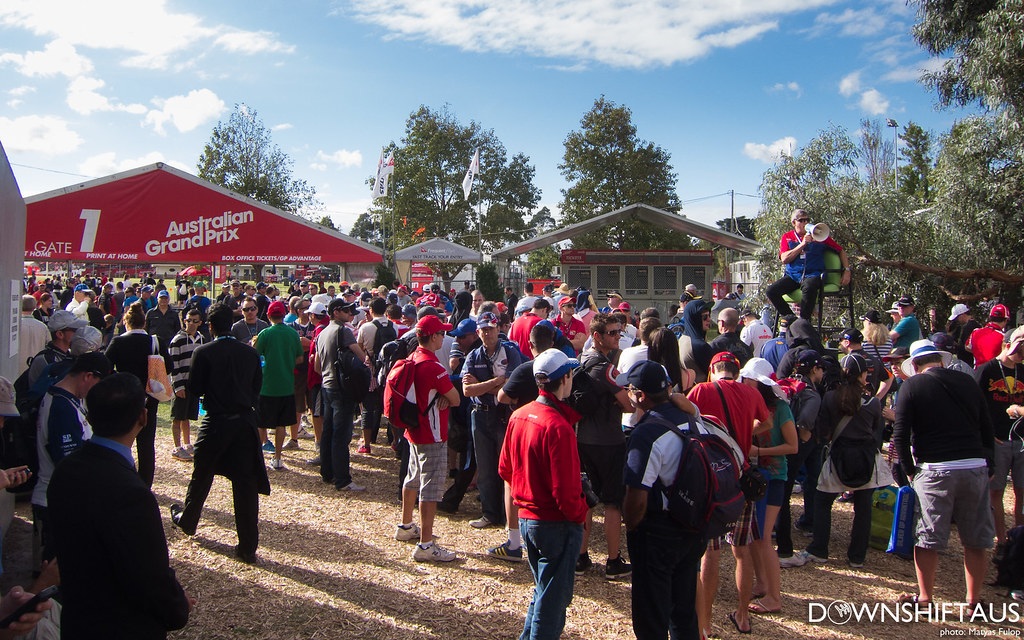
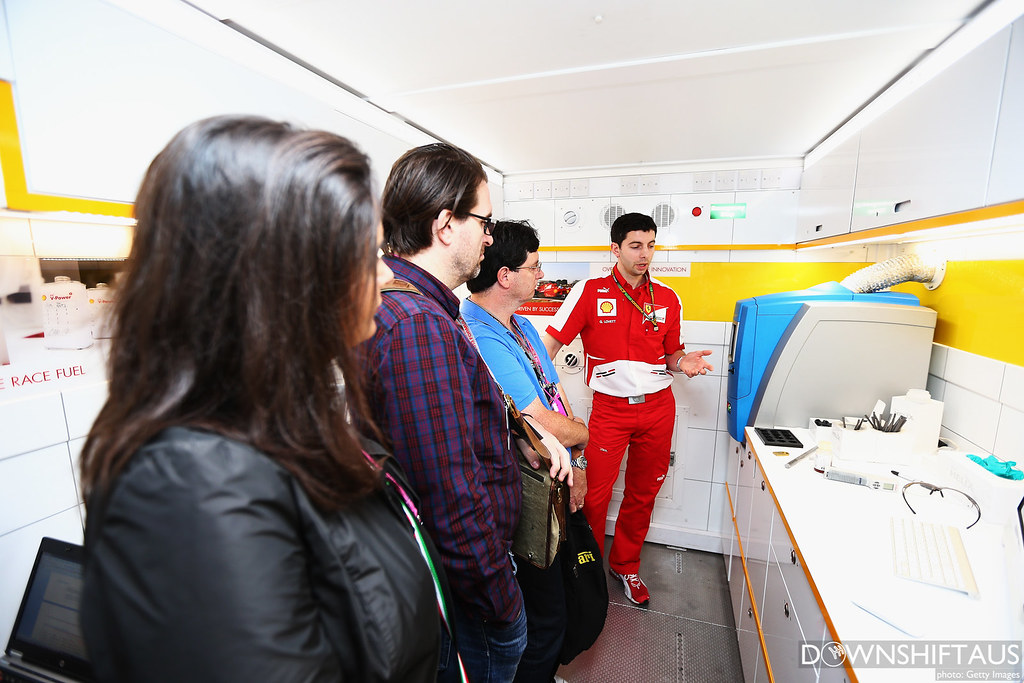
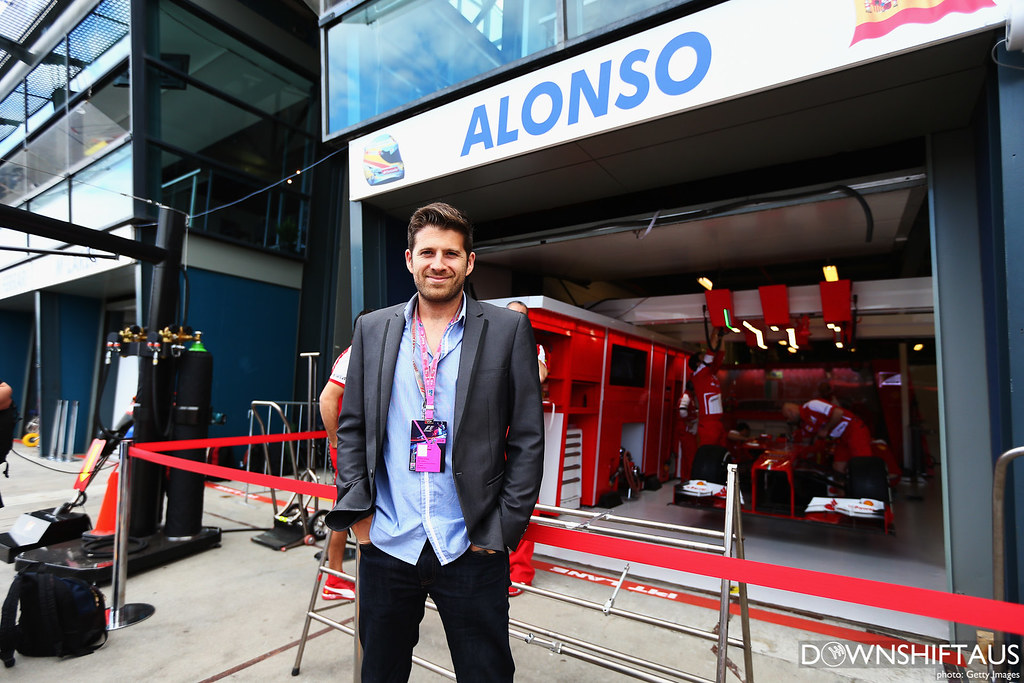
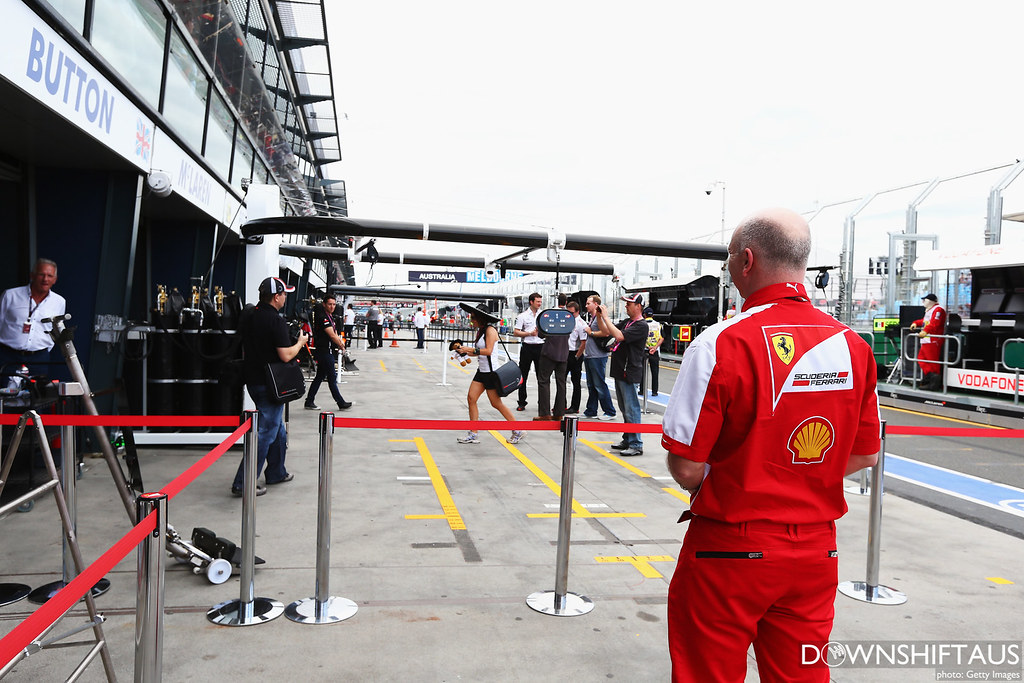
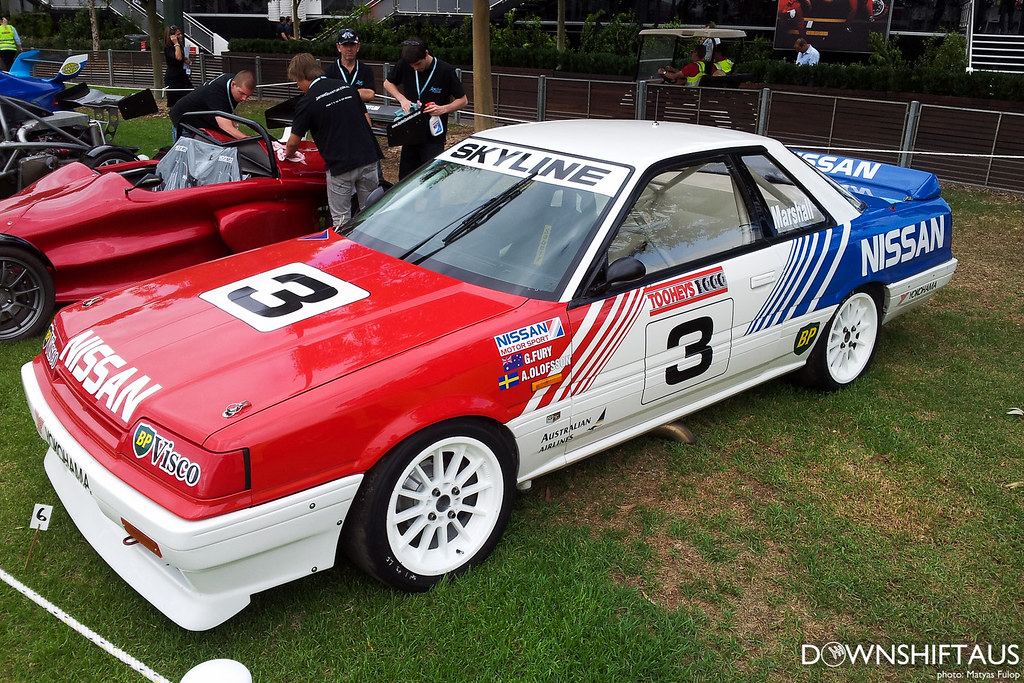
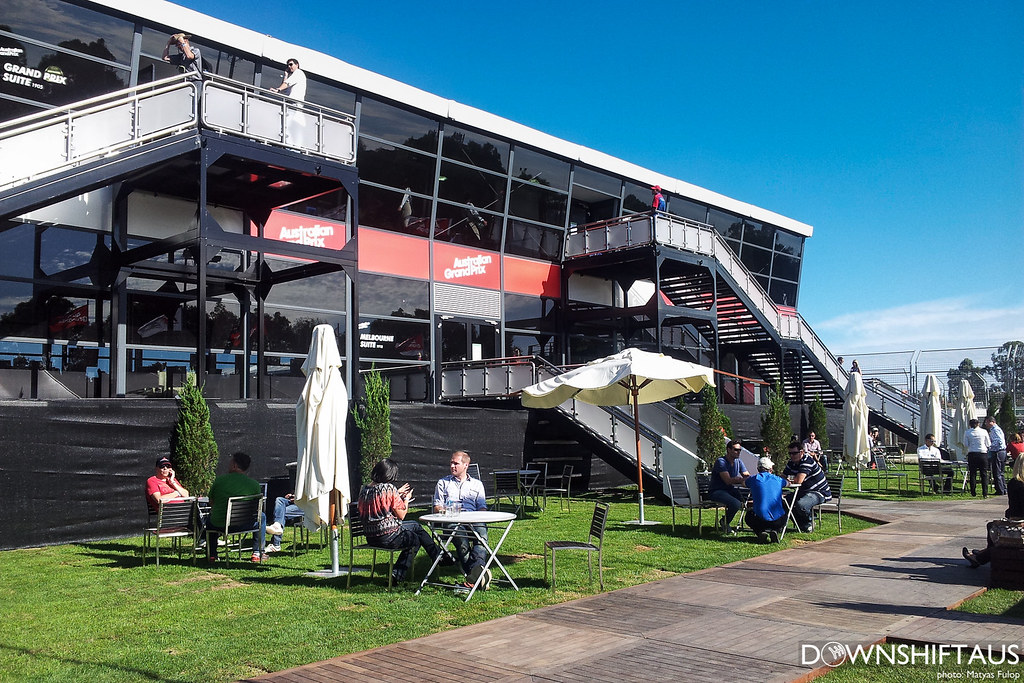


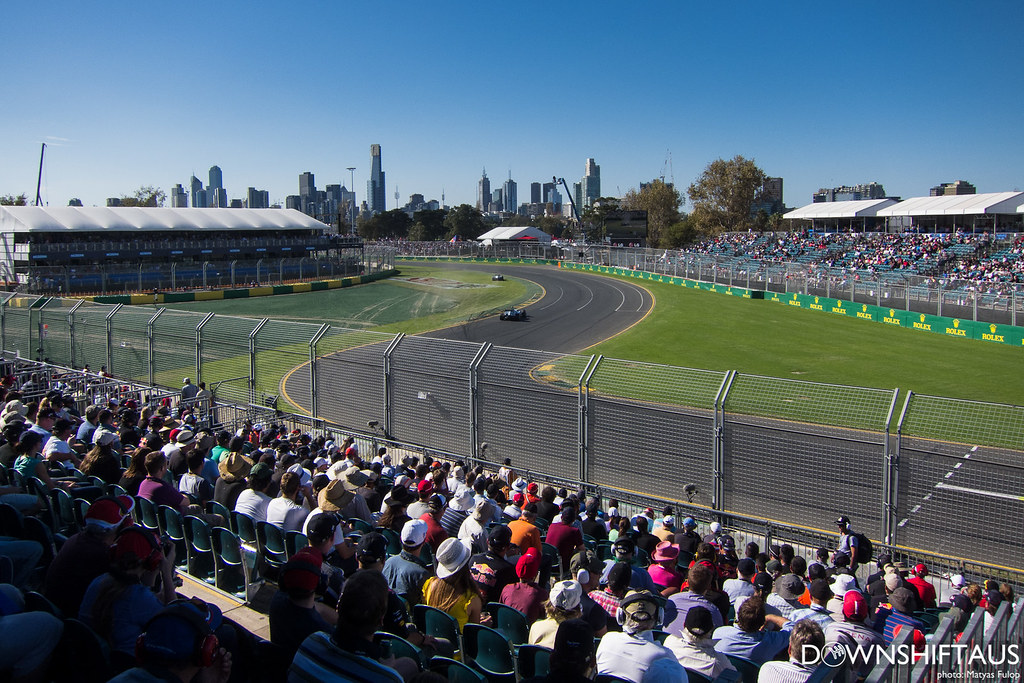
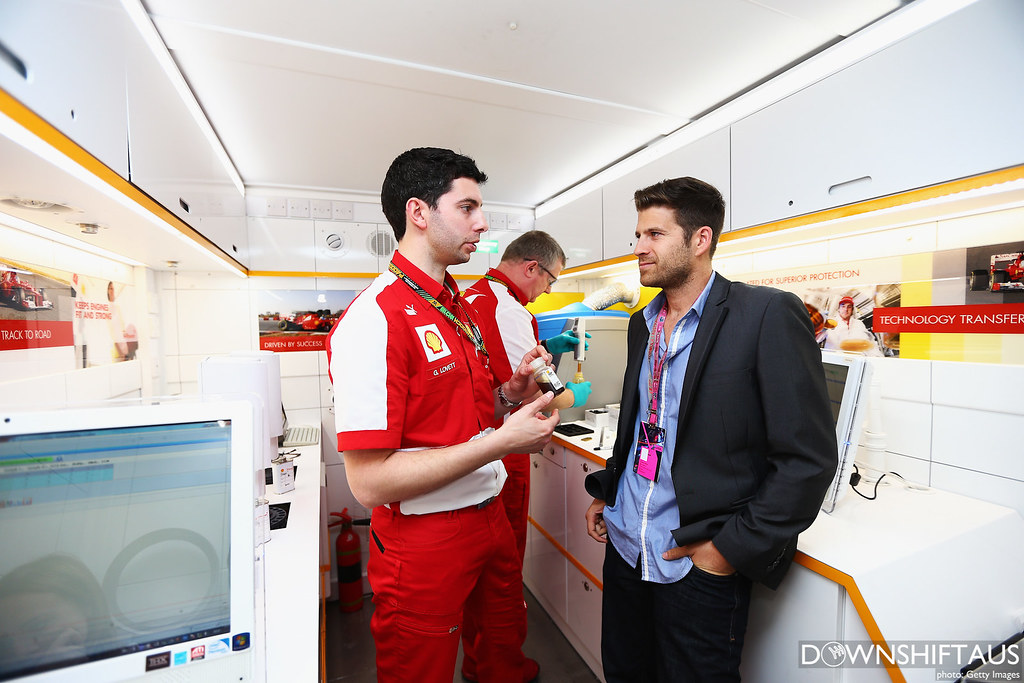
1 Comments
[…] also had a chance to ask some tricky questions regarding Shell’s involvement with Formula 1 (as discussed at the Melbourne F1) and briefly touch on issues like ethanol. It’s exciting to know that the F1 cars are […]